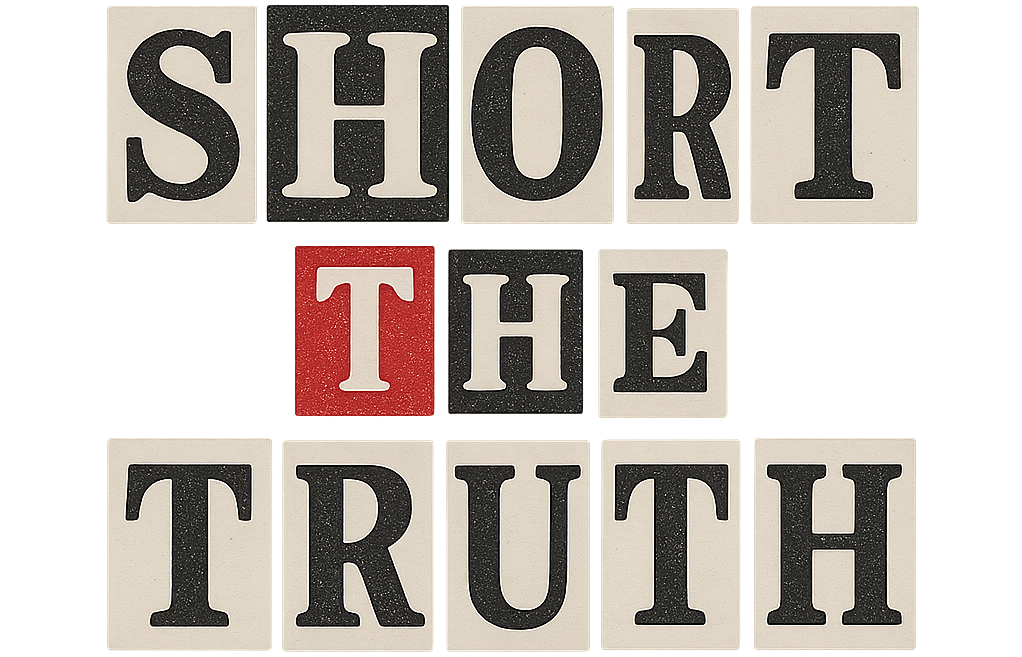In a move that suggests the robots might not rise up just yet but they will probably be asked to complete a government form first, the Biden Administration has gone all in on regulating artificial intelligence. As part of a sweeping executive order signed last October, over two dozen federal agencies were recently handed a to-do list more ambitious than a New Year’s resolution at a yoga retreat.
The 90-day deadline, which agencies presumably marked on their calendars with AI-generated clip art, was meant to rein in the wilder impulses of an industry known less for moderation and more for declaring itself sentient every few months. Among the highlights, the Department of Energy is now monitoring AI models just in case someone decides to use them for designing nuclear weapons, which one assumes would be frowned upon at most polite dinner parties.
Meanwhile, the Department of Health and Human Services is inspecting how AI is being used in health care, presumably to prevent scenarios where your doctor quietly consults ChatGPT before diagnosing your mysterious rash. The Department of Homeland Security will ensure the nation’s infrastructure is kept safe from AI threats, unless of course the threat is just someone using too many buzzwords in a PowerPoint presentation.
All of this comes under the watchful eye of the Office of Management and Budget, which has issued guidance that federal agencies must designate chief AI officers, who we hope understand more than just how to unjam the office printer. These AI chieftains will be charged with ensuring that any algorithms the agencies deploy meet standards of fairness, transparency and, ideally, a basic understanding of ethics.
“President Biden is rolling out concrete steps to move fast and safely on AI,” said Ben Buchanan, the White House advisor overseeing the effort, speaking as if the federal government were a highly coordinated and nimble entity rather than, say, 27 bureaucracies in a trench coat.
The order also mentions watermarking and labeling AI-generated content from the government, presumably so the public can distinguish between official communications and whatever it is that Elon Musk is tweeting on a given day.
In true federal fashion, the agencies met their 90-day deadline with a flurry of reports, progress updates and newly appointed officials who are no doubt thrilled to be in charge of machines that occasionally hallucinate facts with the confidence of a cable news pundit.
In summary, Washington has entered the AI fray with the enthusiasm of someone who has just discovered a trending acronym and the cautious optimism of someone who knows there will be congressional hearings when it all goes sideways.
Because nothing says responsible innovation quite like a federal memo titled “Algorithmic Accountability: Phase One.”

